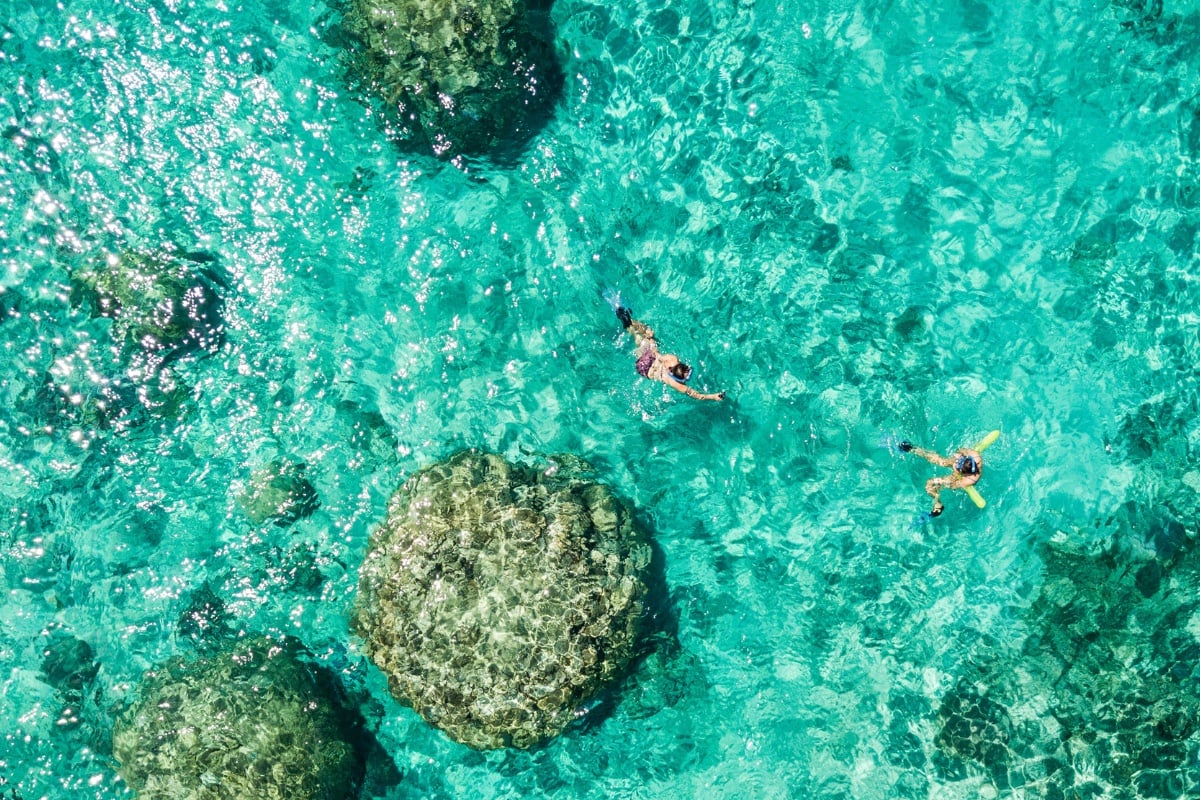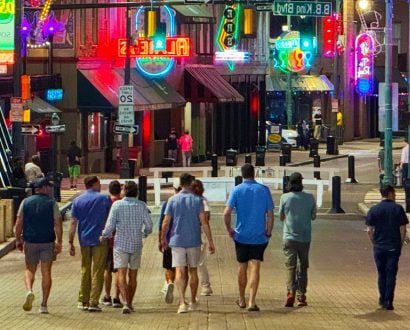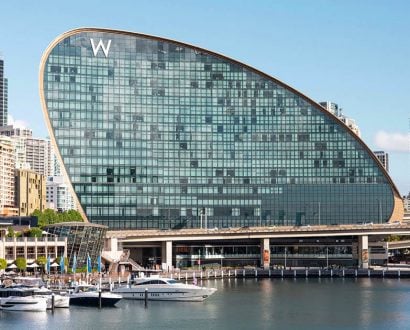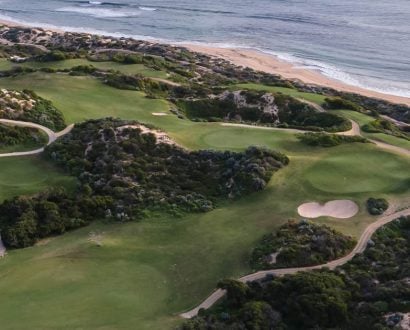When we spy our first turtle coming up for air from the deck of private catamaran Abaca, our captain, Yves, has just dropped the anchor into the glassy waters off Amedee Island, a tiny islet in New Caledonia’s bright blue lagoon.
Around an hour earlier, as we had pulled out of Port de Plaisance in the heart of cosmopolitan capital Nouméa, he had listed the marine animals we might encounter. Turtles were highly likely, but he’s warned us that the resident dolphins may prove more elusive. “The dolphins here are incredibly shy,” he says.
The local waters are home to more than 20,000 marine and plant species – many of them protected. Green, hawksbill, loggerhead and leatherback turtles all gravitate to the seagrass beds along the ocean floor – four of the world’s seven species.
Striking natural beauty
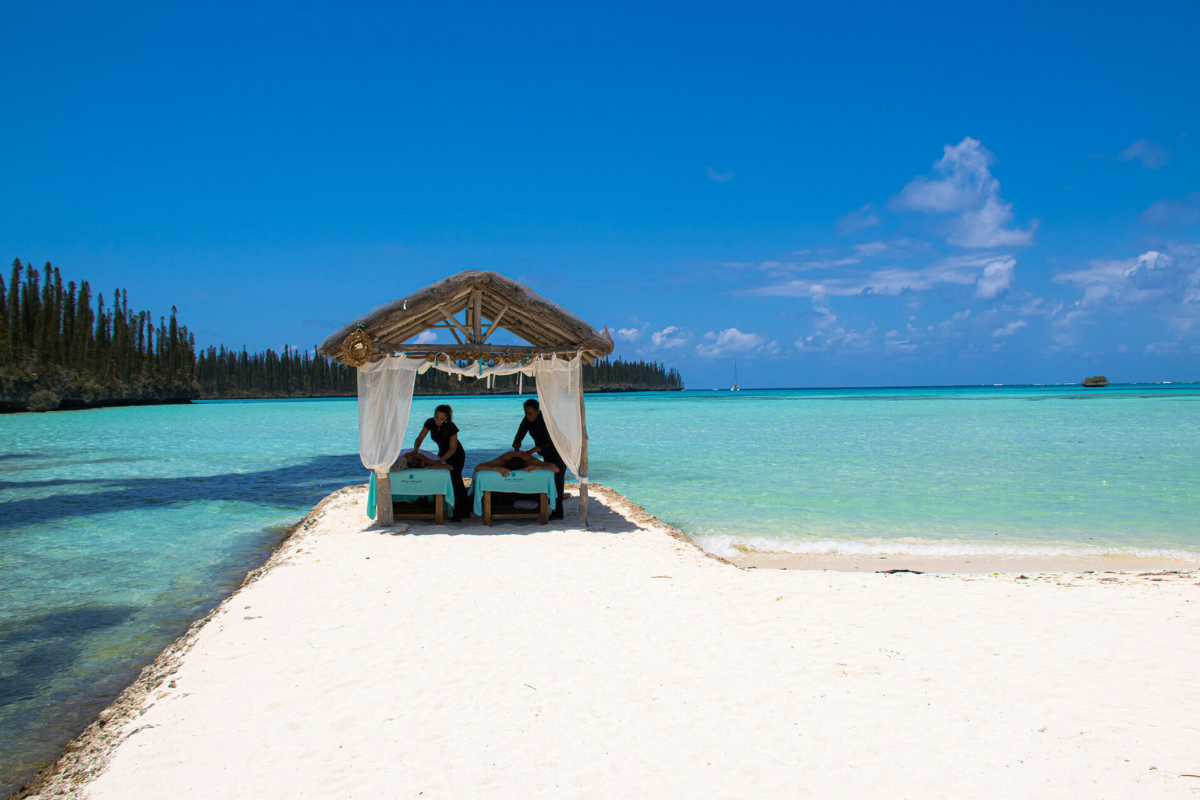
In New Caledonia, a Melanesian territory of France, its lagoons are considered the biggest in the world and one of the three most extensive marine ecosystems globally.
They were granted UNESCO World Heritage status in 2008 in recognition of their natural beauty as well as the ‘exceptional diversity’ of coral and fish species along with its range of habitats, from mangroves to seagrasses. The lagoons are also home to 400 types of coral. Now, 15 years on, this underwater world appears to be thriving even in the face of significant challenges.
Yves, a retired French naval captain, provides us with snorkeling gear and sends us in after the turtle, hovering close by. We follow at a respectful distance as the creature glides past us slowly, kindly allowing us to take a good look. Just as Yves has promised, we find a blacktip reef shark a little further along, snoozing close to the ocean floor.
It’s already an incredible introduction to New Caledonia’s underwater world, but then another creature swims into view – a black-and-blue-striped sea krait – one of the lagoon’s resident snakes. Initial panic quickly fades into curiosity. Yves has assured us that while these spectacular creatures are incredibly venomous, they’re not at all aggressive.
With these kraits incredibly common in New Caledonian waters, we do a little more research – just for additional peace of mind. Sure enough, banded sea kraits are apparently docile snakes that often choose not to bite, even if provoked.
Where to stay
Occupying the far tip of Anse Vata, Le Meridien Noumea has all the facilities necessary for a comfortable stay in the capital, including great sunset views, a fantastic pool and the all-important beach bar. Stroll down to the main strip to find a variety of restaurants, or check out the seafood buffet at the hotel restaurant Le Sextant.
An island off an island
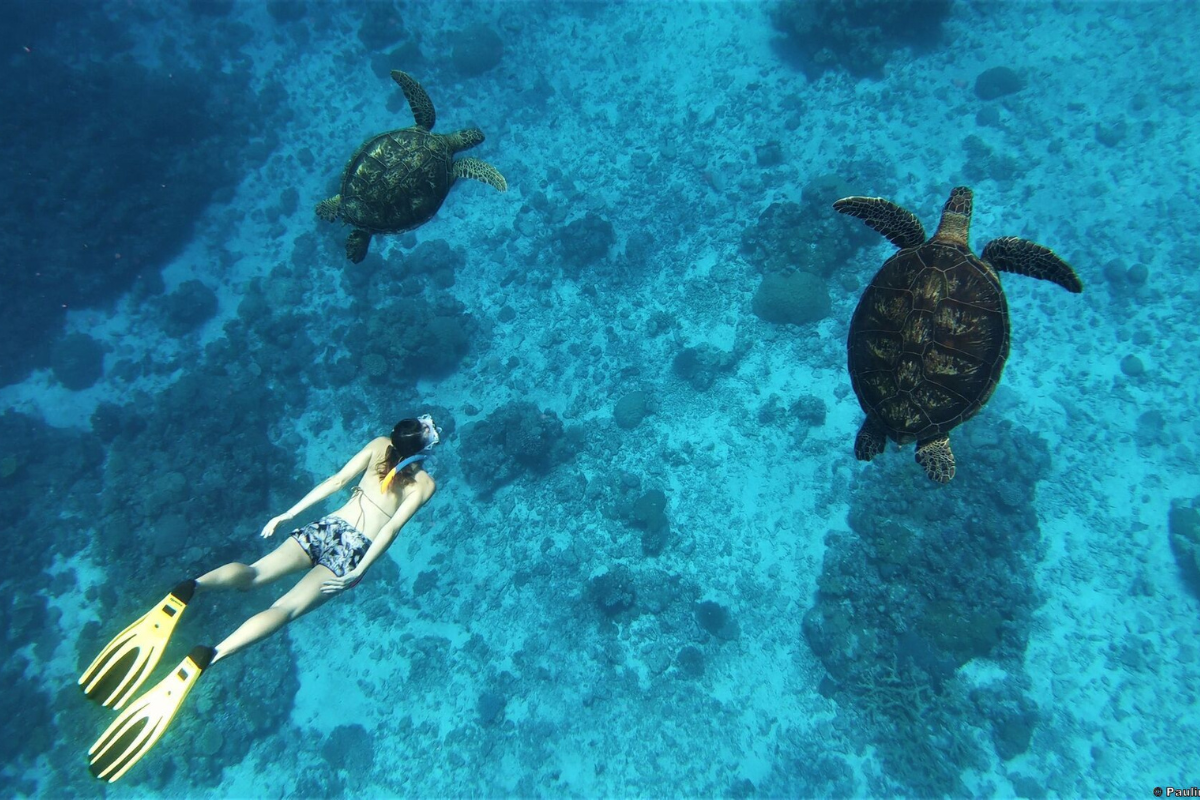
We next encounter these wriggly sea snakes on Ilot Maitre, home to the Doubletree by Hilton hotel. At high tide, they congregate at a rocky spot just up from the run of beach villas, where they undulate hypnotically in time with the gentle waves. It’s the perfect time of day for turtle spotting, too, with the vast patterned shells easily spotted from the walkway that connects the strip of overwater bungalows.
But for a better view, you need to get wet. Snorkels strapped on, we explore the waters, stunned not only by the quantity of turtles, but also their size and sheer confidence. They allow us to swim alongside them, watching them as they chew their breakfast of sea grass, occasionally breaking the water’s surface for a gulp of air.
That afternoon, we hire one of the resort’s kayaks and glide out across the lagoon. It doesn’t take long to spot a scaled head popping up and we follow until we come across another, and then another.
It’s while scanning the waters that we realize we have another companion. A grey-brown arc cuts the water and, for a second, we’re confused. Is this one of the lagoon’s antisocial dolphins? But as the creature’s bear-like snout breaks the surface, we realize our stroke of luck. We had heard dugongs had been spotted around the resort in the days prior, but had not expected to see one, let alone come this close.
Also fans of the sea grass that thrives on the lagoon floor, hence their nickname ‘sea cows’, New Caledonia’s dugong population is one the largest in the world but nonetheless fragile. Estimates put their numbers at between 700 and 800, but they are at risk from boats and accidental fishing.
Where to stay
Get back to nature in comfort at the Doubletree by Hilton Ilot Maitre. Spend your time snorkeling off the beach, discovering the island and its abundant resident wildlife. Prefer to relax? Head for the pool or have a traditional Thai massage. Dinner is an immense buffet affair, or you can order room service and eat it on your private deck while taking in the glorious sunset.
Discovering the wild west

Restrictions are in place to protect the marine life, but fishing is permitted in designated areas of the lagoon. During a visit to the west of the main island of Grand Terre, we learn that fishing is forbidden in the protected “no take” areas of the lagoon.
Buoys clearly mark the restricted zone, as our guide and avid fisherman Lilian points out as we speed across to nearby Green Island. He grew up in the area and remembers when the marine reserve was created. “There were always lots of fish here, but now there are even more,” he says.
En route to the cay, we pass dense mangroves along the river that seems to almost bubble as hundreds of mullet roll at the surface. The motion helps them trapping the air necessary to survive in the low oxygen conditions common in the harsh environment of mangrove forests. Bright red mud crabs pop in and out of muddy holes along the riverbanks but they can only be caught during certain months of the year, Lilian explains.
This area, too, is renowned for its turtles. Green Island is an important nesting site for green turtles, while the dramatic dark sand beach at nearby La Roche Percée is one of the most important loggerhead turtle rookeries in the South Pacific.
Where to stay
The Sheraton Deva Spa & Golf Resort is strategically located, with easy access to the water as well as the hiking and mountain bike tracks of the interior. Explore by day, then flop by the stunning pool, set right beside the lagoon. Evening buffets are a big deal here, too, but by day, dine right by the water’s edge at the Sand Beach Grill.
Exploring the reef
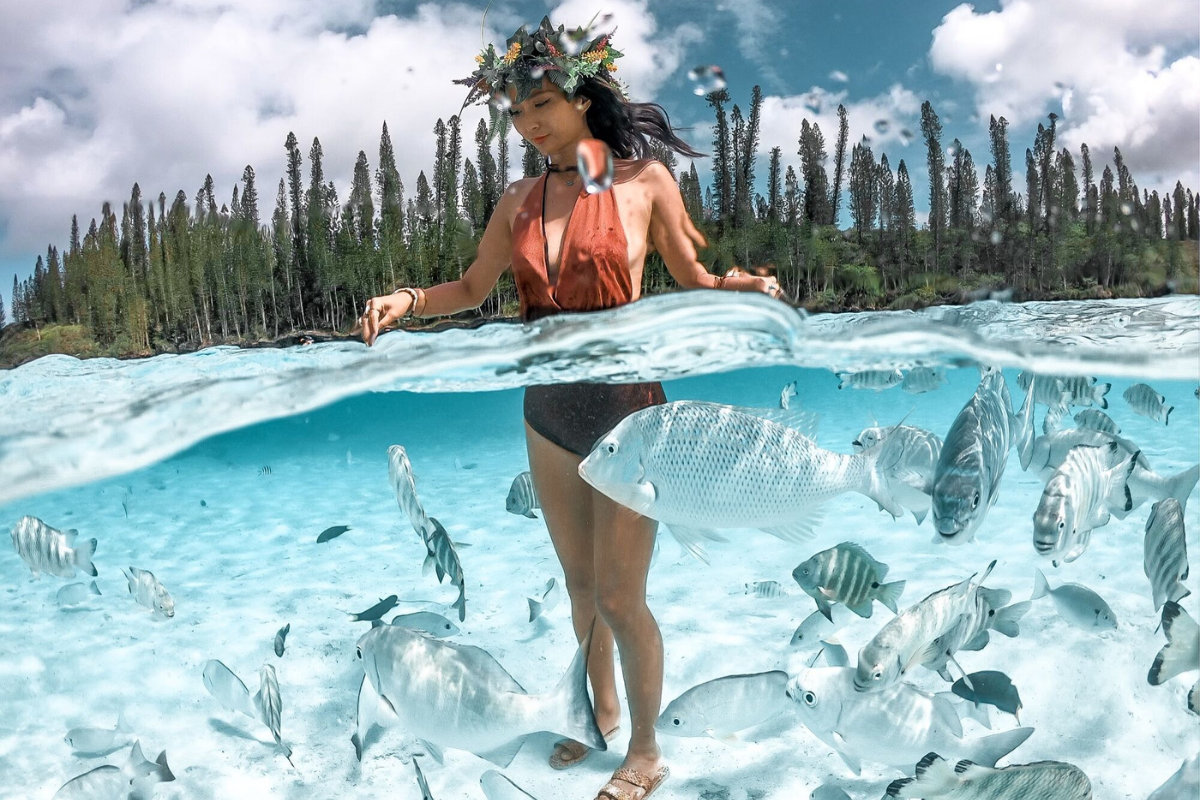
We first sight the locals as we set out from the relaxed backdrop of Poé Beach to check out the barrier reef – the second largest in the world and, at 1,600 kilometers in length, the longest continuous barrier reef. Through the boat’s glassy bottom, we are surprised by the quality of the reef with its vivid blues, purples and pinks.
Our first spot is an immense blue ray, almost electric in hue, which is soon joined by a huge turtle. Our eyes quickly become glued to the ceaseless action of this underwater ecosystem. Clown fish pop out from the tendrils of an anemone, clams gradually open up before tightly snapping shut, groupers lurk under vast rocks.
Although the north of the island apparently offers excellent snorkeling and diving, the threat of a looming cyclone prevents us from exploring further. We return to Nouméa and end our visit instead out on the Isle of Pines, a 30-minute plane hop from the mainland.
Where to stay
When it comes to barefoot luxury, the Le Méridien Ile des Pins more than hits the spot, with its enviable location on beautiful Oro Bay. Take a walk to the nearby natural swimming pool and be sure to indulge in a little fine dining (the local snails in garlic butter are a specialty).
So many turtles
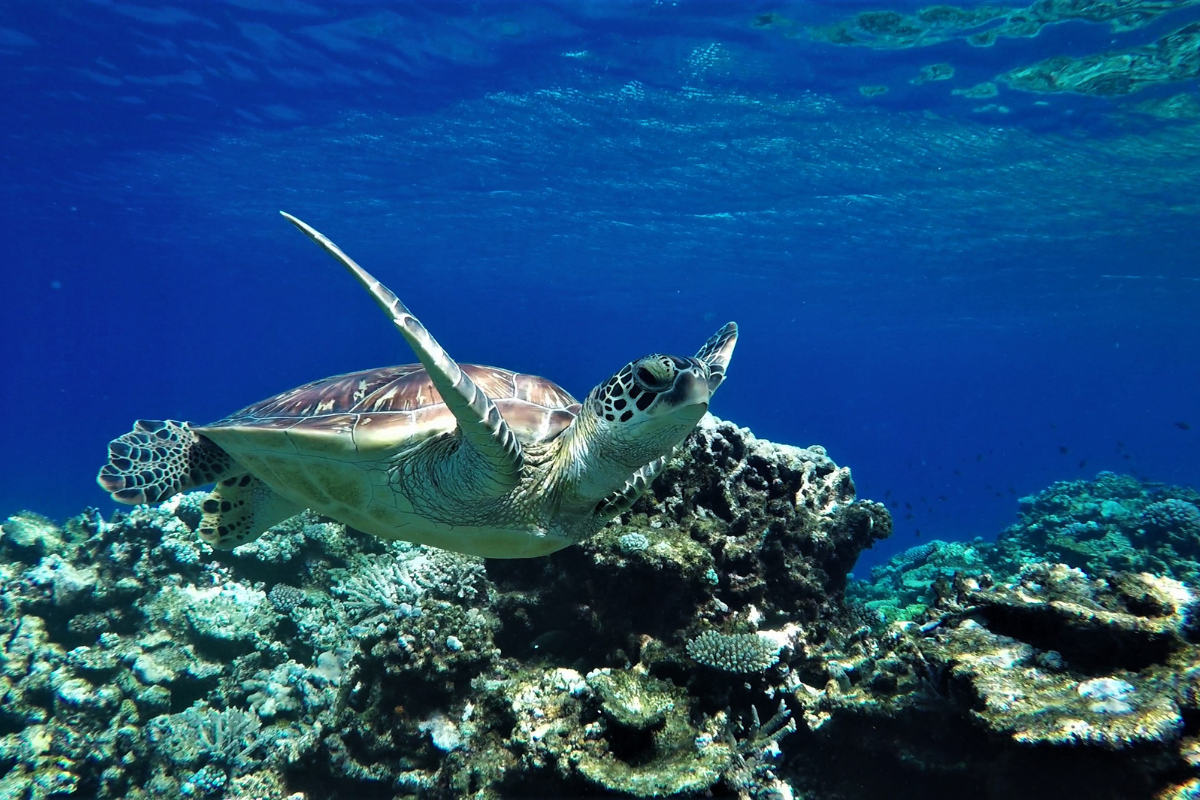
Named for the columnar trees that bristle into the sky giving the island a look quite unique from the typical tropical island, the isle is home to turtles who are a little more timid, swimming off with sudden speed whenever we approach. Nonetheless, we come close to plenty as we kayak across the smooth surface of Oro Bay.
By the end of our stay, we’ve lost count of the number of turtles and other marine creatures we’ve encountered in these extraordinary lagoons. But still no sign of a dolphin. We know they’re in there, but Yves appears to be right. Unlike their fellow reef residents, they do indeed seem to be a little shy.

